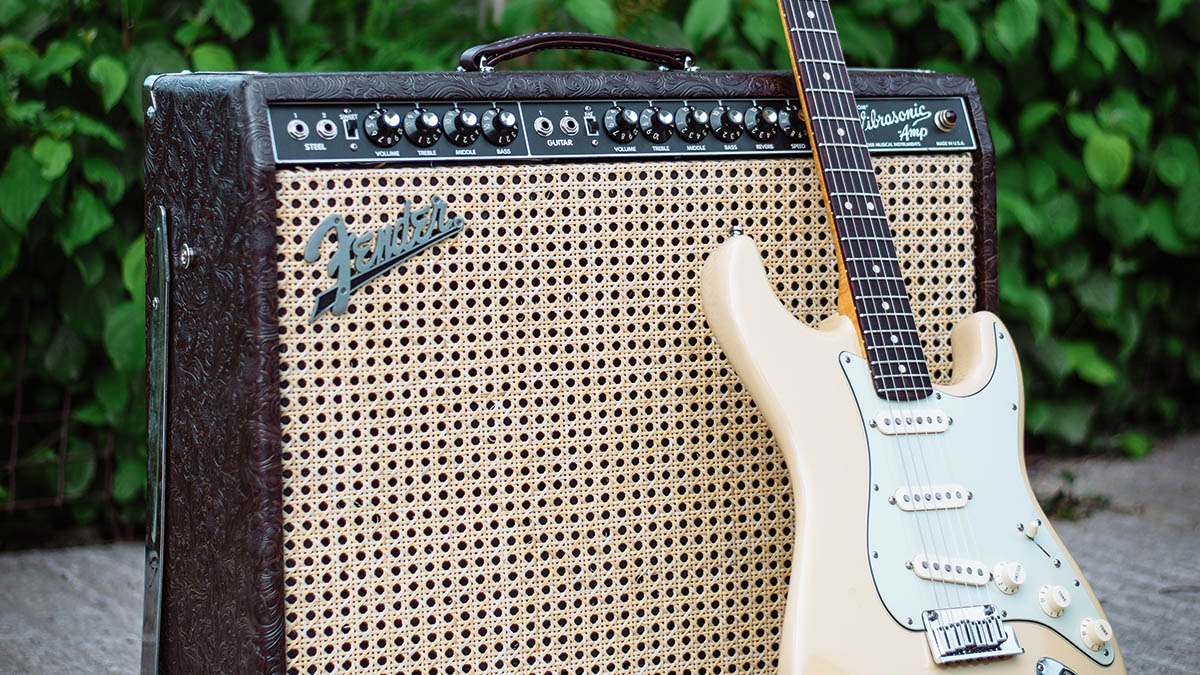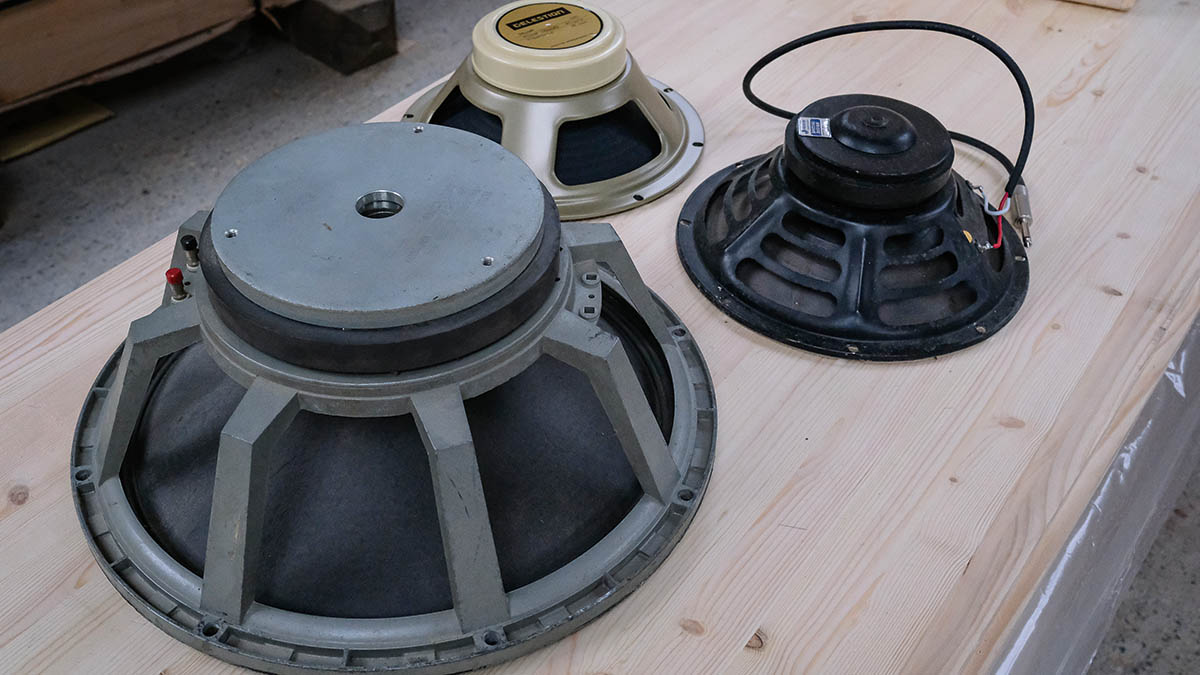Why you should consider 10 and 15-inch guitar speakers
Once dismissed as the preserve of bass players, 10- and 15-inch speakers have a valid place in guitarists’ amps, says Paul Gough of Zilla Cabs

We’re all used to seeing and hearing 12-inch speakers (drivers) in guitar combos and cabinets, but these days 15s are quite rare to find and 10s can often wrongly be considered as cheap alternatives to their big brother the 12. In this article, we’re going to have a brief look into situations where these speakers can really work.
Ironically, I seem to spend as much time trying to convince bassists that 12-inch bass speakers can sound great as I do pointing out to guitarists that there are other sized speakers than the usual 12s.
Maybe we have become so familiar with seeing 8x10s, 4x10s and 1x15 cabs behind bass players that we have forgotten how common it was to see 4x12 rigs being used by bassists the world over. Perhaps it was the simplicity of these rigs that made us see 10s and 15s as a more progressive solution.
This could be the reason that we guitarists have come to focus on the 12-inch format, a reaction of sorts to 12s not being for bass. Jim Marshall making the first 4x12s in the early 1960s surely had a big impact on guitarists, too, but let’s not forget how common it was to see 10- and 15-inch speakers in early combos and, crucially, how good those amps sounded.
I’m going to get a little technical here, while at the same time potentially upsetting speaker builders with my simplicity… but there are a few parts of the speaker that will make it more or less suitable for specific jobs. A larger dust cap (the small dome on the speaker cone, visible from the front) usually results in more low-end, which is why a bass speaker can look quite different to a vintage speaker from the front.
A vintage-styled 10-inch guitar speaker will also usually have a smaller voice coil, often resulting in a brighter sound, so not always so great for higher gain or bass heavy sounds. You can probably guess that a 15-inch speaker can support larger components, changing its voicing further, but these haven’t been as well adopted by guitarists as the 12.

We’ve talked before about how early guitar amps were often limited by power and the large part that the available speakers played in this. Well, the rule of thumb back then was that 12s could handle more power than 10s, and 15s could handle more than 12s. In the late 50s when Leo Fender was developing his most powerful amp yet, the Showman, he opted for the 15-inch JBL D130, a legendary speaker and one that could handle far more than the Jensen P15N that was readily used at the time.
Get The Pick Newsletter
All the latest guitar news, interviews, lessons, reviews, deals and more, direct to your inbox!
It was this amp that allegedly nearly deafened Leo Fender and yet it also paved the way for more powerful amps. It must be said that the Showman was also available with a 12-inch JBL D120, but it is the 15-inch version that was made famous by players such a Dick Dale, Peter Green and others (Jimi Hendrix had one, too).
Maybe the best example of how great 10- and 15-inch speakers can sound and how readily they were used is the Fender Bassman, starting life in the early 50s as a 1x15 combo and later using the 4x10 format that most of us are more familiar with.
Beyond vintage
Obviously, these are all vintage amps and therefore produce more vintage sounds, but there are plenty of modern amps that use both 10 and 15 speakers. The Mesa/Boogie Lone Star came in an amazing-sounding yet rare 4x10 variant. I made myself a 1x15 version, which is one of my favourite amps, but it is true that the 2x12 version was far more popular with players.
Marshall made a small number of 4x10 Bluesbreaker combos in the ’60s and its 8x10 guitar cabs of the 1970s are much sought after, although rare (again) and not exactly recent. Matchless, Dr Z, Mesa/Boogie, Vox and many others have made amps and cabs with 10-inch speakers, but these have never really been voiced with more heavily distorted tones in mind.
To summarise, it’s fair to say that 10-inch guitar speakers do tend to sound a smidge thinner with a mildly limited low-end response, but this is partly due to how manufacturers have styled them, catering for a more vintage market.
Fifteen-inch speakers have been largely ignored, possibly due to their size and not being the only higher powered alternative, further limiting their appeal and availability. But both variants definitely have their place, and the good news is – according to Ignazio Vagnone of Jensen and backed up by my own experience – both are receiving a small but welcome comeback.
"I never use my tube amp at home now, because I have a Spark Live": 5 reasons you should be picking up the Positive Grid Spark Live in the massive Guitar Month sale
“Our goal is to stay at the forefront of amplification innovation”: How Seymour Duncan set out to create the ultimate bass amp solution by pushing its PowerStage lineup to greater heights









